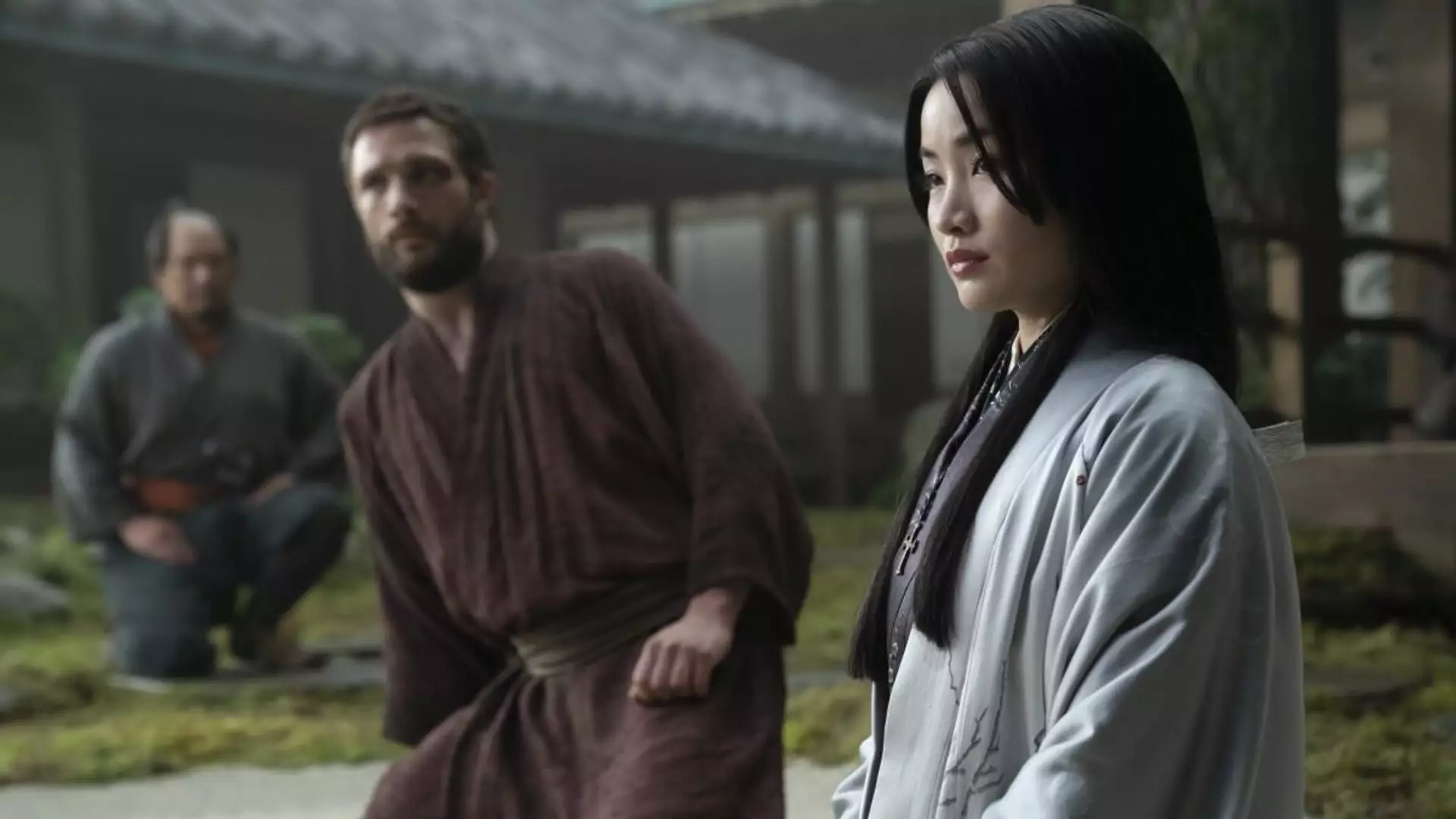The media industry is in a state of flux, especially regarding traditional television networks. A recent discussion surrounding Disney’s strategic decisions illustrates the challenges many companies face in adapting to a rapidly changing viewership landscape. With more consumers gravitating toward streaming services, traditional pay-TV subscribers are declining, compelling major corporations like Disney to rethink their business models. This article dives into Disney’s current approach to its TV networks and reflects broader industry trends that reveal the complexities of separation in a multifaceted corporate structure.
Disney’s Chief Financial Officer, Hugh Johnston, recently revealed that separating its television networks entails more hurdles than potential rewards. Speaking on CNBC, Johnston was candid about the “operational complexity” associated with divesting its television segment. These complexities include disrupting longstanding operational synergies and the financial ramifications that could arise from breaking apart established networks.
In a media environment that is already experiencing significant subscriber losses—estimated at around 4 million traditional pay-TV subscribers in just the first half of the year—the stakes are high for Disney and its competitors. As companies like Comcast consider separating their cable networks, the discussions reflect an industry-wide contemplation of whether traditional television can survive or adapt amidst changing consumer habits.
As financial reports surface indicating that Disney’s traditional TV networks experienced a 6% revenue decline over the last quarter—bringing in $2.46 billion—and profits fell by a staggering 38% to $498 million, the realities of operating in this sector become more apparent. Such statistic raises questions about the long-term viability of the traditional TV model, calling upon industry leaders to evaluate how they can pivot in such a challenging climate.
Despite the decline, Disney, led by its resilient CEO Bob Iger, appears committed to maintaining its current portfolio. Iger recently reversed earlier comments about the possible sale of TV assets, solidifying the belief that traditional media still holds significant value, especially as an integrated part of a comprehensive streaming strategy. The juxtaposition of declining revenues against Iger’s enthusiasm for traditional media content demonstrates the complicated dynamics at play; even if revenue is dwindling, the irreplaceable content generated by these networks cannot be easily dismissed.
Significantly, as Iger pointed out, the integration of traditional TV content into streaming platforms has become essential for companies like Disney. The evolution of content delivery has blurred traditional boundaries; the content itself—exemplified by Disney’s expansive acquisitions and award-winning programs—is still deemed relevant and profitable in a digital-driven world. The success of streaming services like Hulu can be attributed partially to the rich library of traditional television content they house.
The intertwining of these two formats—the linear TV broadcast and the on-demand nature of streaming—has become critical in maintaining viewer engagement. Companies that have effectively utilized their traditional assets for streaming services can maximize viewer loyalty, presenting a viable path forward in an increasingly competitive landscape.
Looking beyond Disney, other industry leaders such as Warner Bros. Discovery and Fox Corp. have echoed similar sentiments regarding the operational intricacies of separating traditional networks. Each executive acknowledges that while cable bundles are under strain, they still represent significant revenue streams crucial to their broader businesses.
For example, Warner Bros. Discovery CEO David Zaslav emphasized the importance of these bundles in delivering compelling storytelling. His perspective aligns seamlessly with that of Iger, who underscored the importance of synergy between traditional television and streaming platforms. Such acknowledgments reinforce the notion that comprehensive strategies, rather than quick separations, may yield better results in the current media climate.
Disney’s reluctance to divest its traditional television networks highlights the intricate relationship between old and new media and the challenges inherent in navigating these spaces. The operational complexities, declining revenues, and the need to integrate content effectively for modern consumption all point toward a nuanced approach rather than a straightforward separation. As the company assesses its position, it must remain cognizant of the shifting landscape and the potential opportunities that lie in harnessing both traditional television and its burgeoning streaming services. The future of media may depend on companies finding balance within complexity, leveraging their entire portfolio to thrive in an ever-evolving environment.

